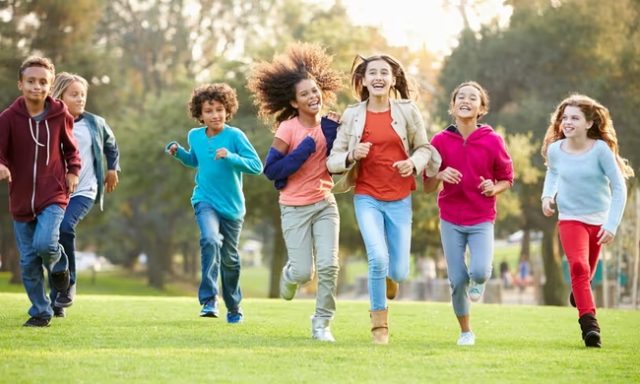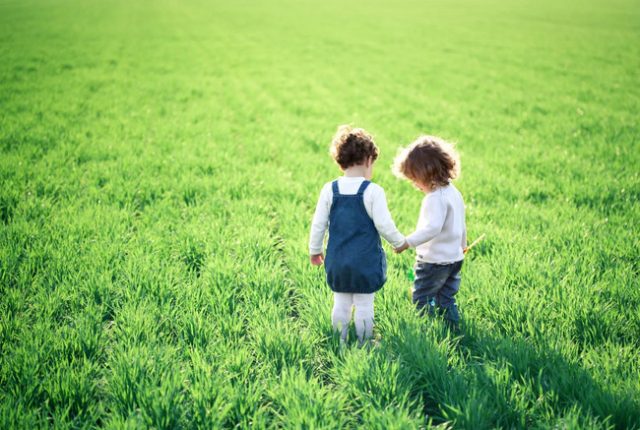
A ground-breaking study has revealed that children residing in areas with more green spaces near their homes exhibit significantly stronger bones, potentially leading to lifelong health benefits. Conducted in Flanders, Belgium, the research followed over 300 children in urban, suburban, and rural areas, utilizing ultrasound to measure bone density between the ages of four to six. The findings demonstrated that children in locations with 20-25% more natural areas experienced an increase in bone strength equivalent to half a year’s natural growth. Remarkably, the risk of very low bone density was approximately 65% lower for these children. The study emphasized that bone strength, crucially developed during childhood and adolescence, plays a vital role in preventing fractures and osteoporosis in later life. Urban planners were encouraged to enhance the size and accessibility of green spaces for children, promoting not only physical activity but also long-lasting health benefits.

The link between green spaces and stronger bones is likely attributed to increased physical activity in children living near parks, which stimulates bone growth. The study highlighted the significance of green spaces with trees, suggesting their attractiveness as contributing factors. Professor Tim Nawrot at Hasselt University stressed the public health implications, stating that urban planners have the potential to shape stronger bones in children, with enduring consequences. Previous research has indicated various benefits of green spaces for child development, including lower risks of being overweight, improved mental and emotional well-being, and higher IQs. This study adds a new dimension by underscoring the direct correlation between green spaces and enhanced bone strength in children, offering valuable insights for public health strategies and urban planning initiatives.

















